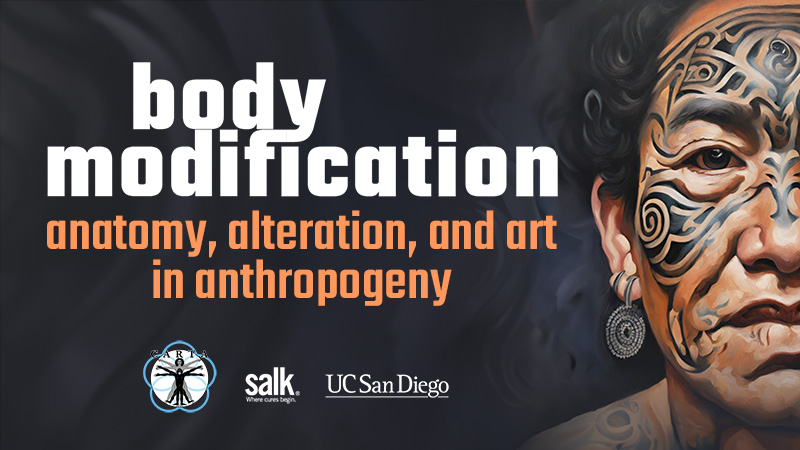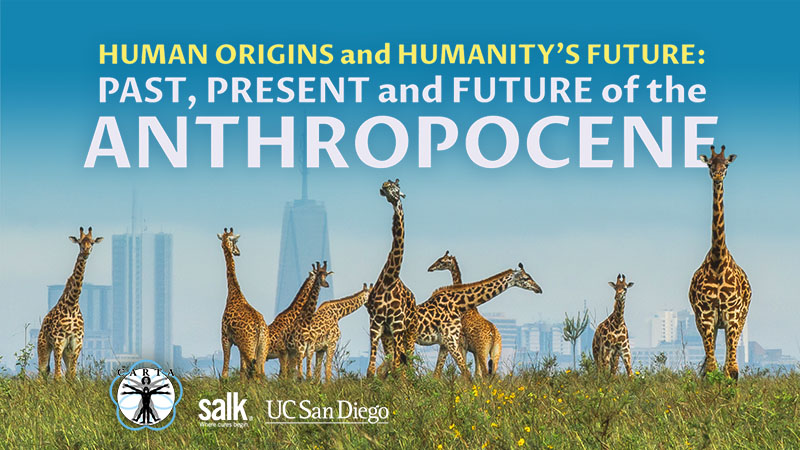-
The Human Canvas: Exploring Body Modification Throughout Time

Permanent body modification is a unique and variable practice among humans that is not observed in other mammals. It has a long history and can be traced back thousands of years across various cultures and civilizations. Practices such as tattooing, scarification, piercing, and branding have been documented in ancient societies around the world. In this […]
-
Unraveling the Origins of Folkloric Narratives

In this episode from CARTA’s new series, The Role of Myth in Anthropogeny, scientist Brandon Parker explores the complexities of folkloric narratives and their origins. By dissecting their components and tracing their evolution, Parker illuminates how these narratives have been instrumental in shaping human cognition and society. Folkloric narratives, Parker explains, are not simple stories […]
-
A New Diet to Feed 10 Billion People and Help Save the Planet

Human activities are responsible for most of the increase in greenhouse gasses in the atmosphere over the last 150 years. While the largest contributor of greenhouse gas emissions is from burning fossil fuels for electricity, heat and transportation, there is one other contributing factor… emissions from livestock such as cattle, agricultural soils and rice production. […]
-
The Latest Series from CARTA Explores Impact of Humans on Planet Earth

The goal of CARTA (UC San Diego’s Center for Academic Research and Training in Anthropogeny) is to explore and explain the origins of the human phenomenon. The most recent symposium, “Human Origins and Humanity’s Future: Past, Present and Future of the Anthropocene,” looks at the long and short-term impacts of human activity. This latest series […]
-
New CARTA Series: From Molecules to Societies
The latest series from CARTA explores the development of several important distinctly human characteristics that range from molecules, to metabolism, anatomy, disease, and behavior. In Episode One, UC San Diego professor Carol Marchetto discusses how a comparative gene expression analysis of human and non-human primates revealed differences in the regulation of a class of transposable […]
-
Altered States
In this new CARTA series, experts address altered states of the mind that are deliberately induced by humans – from the use of psychoactive compounds both natural and man-made, to self-induced states of consciousness and awareness, to anomalous states precipitated by different physical conditions and behaviors. Find out what is known about origins and mechanisms […]
-
Exploring The Human-Ape Paradox
CARTA’s Fall 2020 symposium, Comparative Anthropogeny: Exploring the Human Ape-Paradox, examines humans as a uniquely evolved, “biologically enculturated,” species as juxtaposed with our closest living relatives, the “great apes” (chimpanzees, bonobos, gorillas, and orangutans). By definition, each species is unique as it represents the outcome of independent evolution. Yet, humans appear to be a remarkable […]
-
We Are All Africans
Svante Pääbo once said, “We are all Africans, either living in Africa or in recent exile from Africa.” It is now abundantly clear that Africa was the “cradle of humanity,” with multiple waves of hominins arising on that continent and spreading across the old world, eventually being effectively displaced by our own species, which also […]
-
CARTA at 10
More than 20 years ago, a small group of La Jolla academics began periodic meetings for transdisciplinary discussions on explaining the origin of humans – anthropogeny – an effort which has blossomed into an international intellectual collaborative organized by UC San Diego and the Salk Institute as the Center for Academic Research and Training in […]
-
Why Did Humans Start Eating Meat?
Humans have been hunter-gatherers for most of our existence as a species and hunting has long been seen as a key human adaptation, thought to have influenced our anatomy, physiology, and behavior, indeed, a force in our evolution as a species. CARTA brings experts from across the globe to explore evidence pertaining to understanding the […]